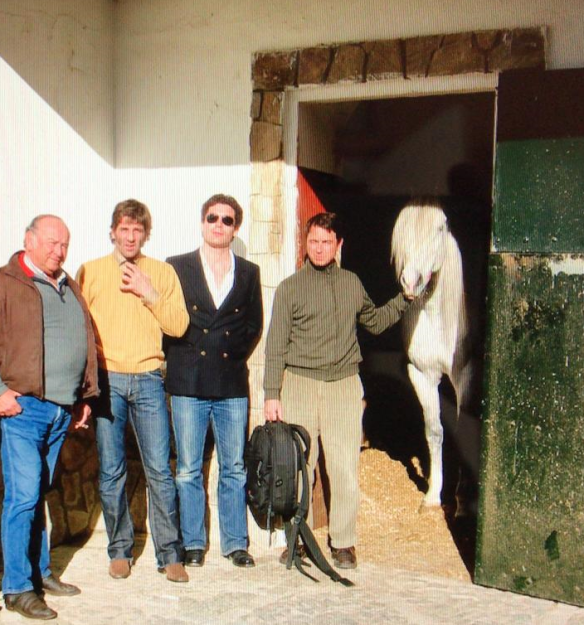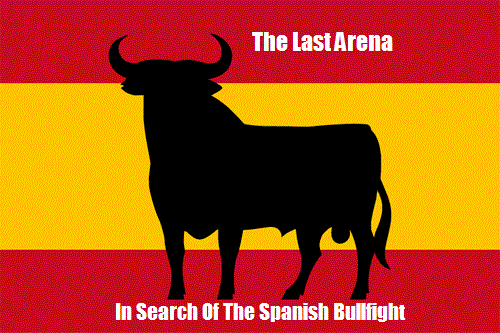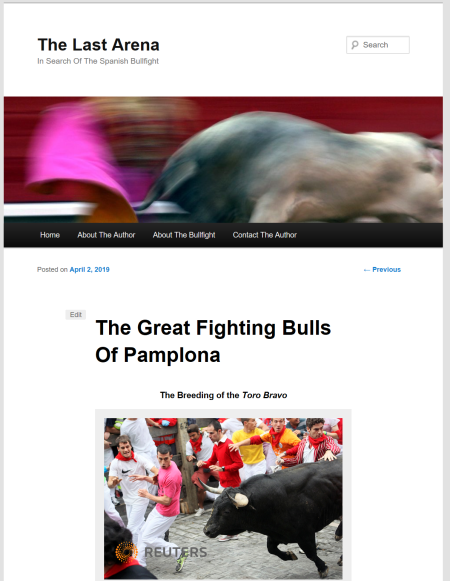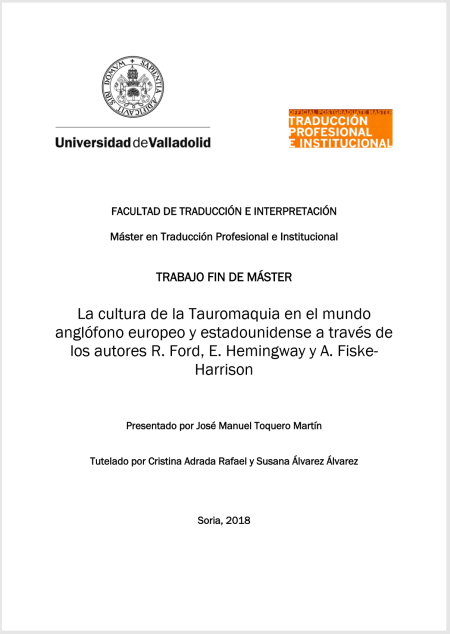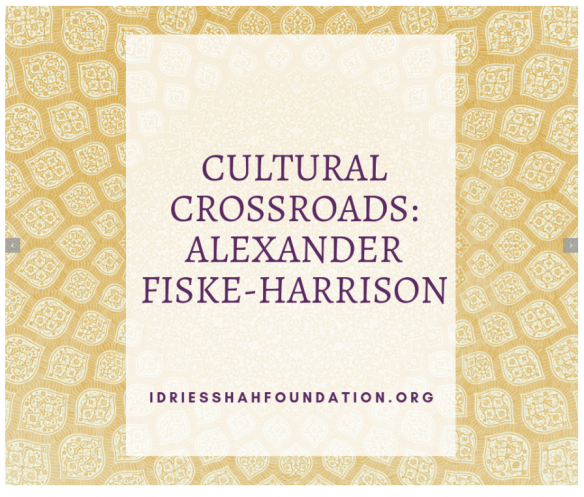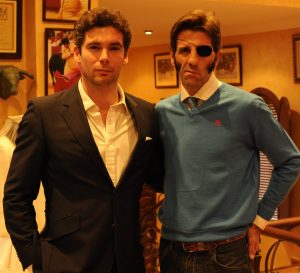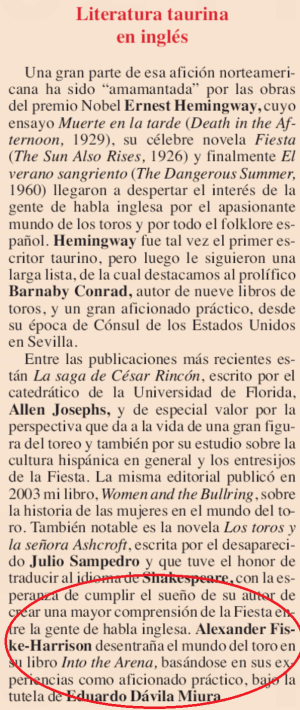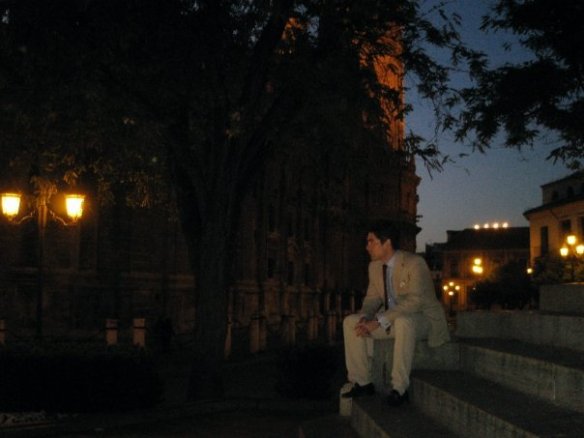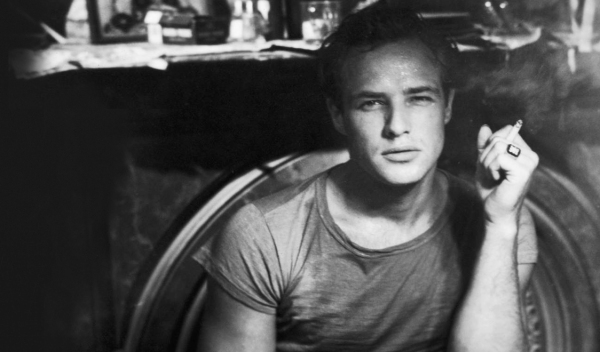
For the original article, available to subscribers only, please click here
Pamplona’s spectacular bull-runs are too often misunderstood
ALEXANDER FISKE-HARRISON
“I’d much rather be a Spanish fighting bull than a farm cow”
I left the site of my last Andalusian postcard with a heavy heart and burning ears: apparently some locals had taken offence to the “elitist” connotations of my comparison of their town to Notting Hill. People take things the wrong way with a vengeance nowadays: as with Montparnasse in Paris, the artists that first made Notting Hill famous were followed by richer creative-types and the resulting economic gear-change had both upsides and downsides.
Notably, though, these complaints were British ex-pats. The Spanish were delighted, with the Mayor of the town, a socialist, writing to say how much he looked forward to hosting Telegraph readers.
After Gaucín, for the first time in a decade I did not know where to go in Spain mid-July. Normally, I would head north to Pamplona for the Feria of San Fermín, known here simply as Fiesta.
Some people think running with bulls, a pastime for which that city is most famous, is dangerous and anachronistic, and the end place of that run, the bull-ring, is a place of torture and death. And indeed, all Spain’s bull rings are registered abattoirs – they have to be, because the carcass of every bull ends up in the food chain. The only difference, in terms of the bull’s welfare, is the manner and duration of their life and the manner and duration of their death, but perhaps not in the way readers think.

A Torrestrella bull is caped by the late matador Ivan Fandiño in Pamplona on July 11th, 2013. This photo also appears, among many others by the same award-winning photographer, in The Bulls Of Pamplona. Jim Hollander has run bulls and photographed them for over fifty years, between other assignments for Reuters and EPA around the world. (Photo © Jim Hollander / EPA)

